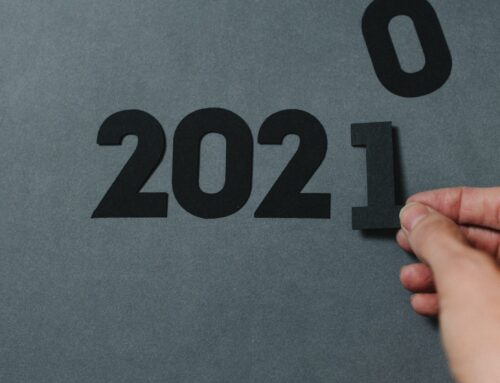 Creating your annual budget is a necessary evil, but it also can be a time for measuring past performance and planning for greater success in the future. All too often, next year’s budget is a mere duplication of the prior year’s budget. For some of you, the education department is the last in your organization to budget because you are put in the position of filling any revenue shortfall to create a balanced budget. Am I the only one that has heard, “Can you increase your budgeted revenue to cover….”?
Creating your annual budget is a necessary evil, but it also can be a time for measuring past performance and planning for greater success in the future. All too often, next year’s budget is a mere duplication of the prior year’s budget. For some of you, the education department is the last in your organization to budget because you are put in the position of filling any revenue shortfall to create a balanced budget. Am I the only one that has heard, “Can you increase your budgeted revenue to cover….”?
A typical budget process includes review of past costs and modifying as needed. As to revenue, you look at the last several years, especially for those of you that have a three-year compliance cycle, and analyze your numbers for trends. From there you make conservative revenue and expense projections. Usually, that is the end of your budget work. However, expanding your process to include evaluation of your past performance and to reflect upon greater success is not only be healthy as an organization, but it also can impact both your revenue and expense lines.
As with any effort collaborate with your staff on creating a budget, especially those that are responsible for parts of the budget. Ask their ideas on how costs can be reduced or managed better. Ask their ideas on what could be done to enhance future successes. Not only do these conversations result in a better product, it also results in getting buy in on the budget from your staff.
Past Performance
- Did you make your net budgeted revenue and then some? Why?
- If your revenue success was a result of better marketing, look at those efforts. Consider the cost of the marketing effort and the revenue return and determine if these marketing efforts should be repeated or expanded.
- If your revenue success was a result of new programming, consider if the program should be repeated. If the program topic was not a topic not normally covered by your CE programming, brainstorm other topics where there may be an interest, and you can garner the same results. Providing similar programs and expanding your offering may result in repeated successes.
- If your revenue success was a result of discounting efforts, look at those numbers. Consider the discount and the resulting increase in your volume of sales. It may be worth it to routinely provide your learners discounted CE opportunities on a routine basis.
- If your revenue success was a result of reduced costs, determine where you saved. Consider if the costs savings had a negative impact on quality of your product and services. If not, look for other areas where you may have the ability to save.
- Did you fall short of your net budgeted revenue? Why?
- If you fell short of your revenue goal, and it appears that it is a direct result of costs and there is no reducing the costs, consider raising your prices. Look at your competition, but don’t fixate on the competition. Don’t compare yourself to the low-cost, low quality competitors, but consider the high-quality competitors. If you are delivering quality to loyal members, they will not notice a five to 10 dollar increase in your price. Depending on your registrant numbers, a small price increase can significantly impact your bottom line.
- If you fell short of your revenue goal because you provided in-person programs that weren’t economically sustainable, consider discontinuing the program, getting a sponsor for the program or changing the delivery type of the program. Costs related to a live online delivery are substantially less than delivering a live program. Break out of the habit of being focused on the in-person meeting as the starting place for all programming.
- If you fell short of your revenue goal because you lost member or market share, take a hard look at what you produce. If the quality of your programming, materials, speakers is on the decline, set in action plans to improve.
Greater Success
- Can you increase your success by thinking outside the box or taking a few risks that require budget consideration?
- Increase staffing, so you can produce more products.
- Provide single sign on, so you make it easier for your learners to purchase.
- Produce more polished programming with enhanced videography services. The millennials expect it.
- Identify a value-add to your current programming – a follow-up program, forms, or an interactive opportunity.
- Develop a sponsorship campaign to secure outside funds to enable you to reduce your costs and to provide more goodies for your learners; for example, national speakers, better supporting materials, or better bagels can increase your learners’ enthusiasm and win their continued loyalty. Make sure the sponsorship has a some link the to program and the learners. The learners need to benefit from knowing the sponsor, and what the sponsor offers.
Bottom line, you want to be realistic with your budgeting, but use the budget process to evaluate and grow your overall success. Once you have a budget, review it constantly. If the budget is somehow flawed or unattainable, the earlier you know, the more time to adjust your action to correct.





